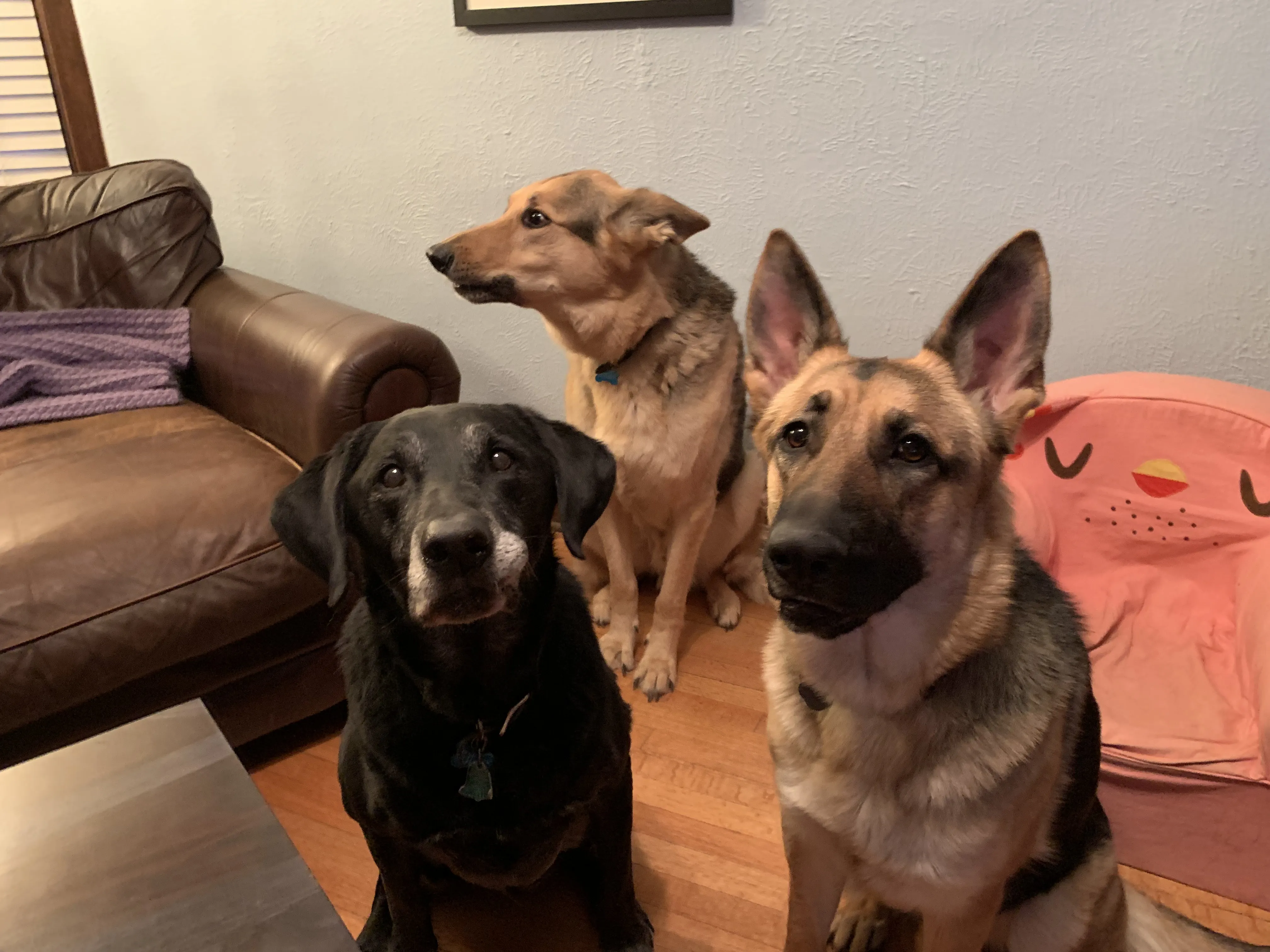It can be a common, yet frustrating, challenge for dog owners: you call your furry friend to come inside, but they seem determined to stay put. This scenario, often seen with dogs like Evy, a spirited 1-year-old German Shepherd, highlights a frequent issue in dog behavior. Many owners find themselves asking, “How To Get Your Dog Back Inside?” when their canine companion decides the outdoors is far more appealing. This guide delves into the reasons behind this reluctance and provides effective, positive training methods to ensure your dog readily comes indoors when called, fostering a harmonious home environment.
One of the most crucial aspects of addressing this behavior is understanding that a dog’s refusal to come inside is rarely about defiance. Often, it stems from a lack of clear communication or, in some cases, negative associations. When a dog doesn’t understand what is being asked or has experienced discomfort when coming indoors, they may hesitate. Creating a positive and rewarding experience around entering the house is key. For owners looking to prevent other common behavioral issues, learning how to keep your puppy from jumping or understanding how to teach dog to not jump on couch can also contribute to a well-behaved dog overall.
Understanding Why Your Dog Resists Coming Inside
Several factors can contribute to a dog’s reluctance to come indoors. A primary reason is insufficient or unclear training. If your dog hasn’t been consistently taught to respond to the “come inside” cue, they may simply not understand the expectation. This was a factor with Evy, where consistent reinforcement of desired behaviors was key.
Negative past experiences can also play a significant role. If coming inside has been associated with punishment, being rushed, or not having enough enjoyable time outdoors, your dog might develop a hesitancy. It’s vital to ensure that the indoor environment is perceived as a safe and positive space. Creating a welcoming atmosphere, perhaps with a favorite toy or a comfortable resting spot, can make a big difference.
Sometimes, the allure of the outdoors is simply too strong. For dogs accustomed to extensive outdoor time, the indoor environment might feel less stimulating. They may be more used to exercising their independence and making their own choices. Additionally, anxieties like a fear of the dark or unfamiliar noises inside can make a dog apprehensive about entering. Certain breeds, by nature, tend to be more independent, which can sometimes translate into a less immediate response to indoor calls.
 Evy the German Shepherd playing with other dogs outdoors
Evy the German Shepherd playing with other dogs outdoors
Effective Strategies: How to Train Your Dog to Come Inside
Teaching your dog to come inside when called is a process that requires patience, consistency, and positive reinforcement. The goal is to make coming inside a rewarding experience, not a chore. This approach mirrors other successful training methods, such as ensuring your dog doesn’t jump on visitors or understanding how to stop my dog from jumping up on visitors.
Positive Reinforcement for Coming Indoors
Instead of repeatedly calling your dog and getting no response, which can inadvertently teach them to ignore you, try a more passive approach. Wait for your dog to approach the door on their own, or lure them gently with a treat or a favorite toy. When they come towards you or the door, immediately praise them and offer a reward. This positive association makes them more likely to repeat the behavior. This is a fundamental principle that applies to various training scenarios, from ensuring your dog doesn’t escape their enclosure with my dog gets out of his crate to training a dog for a special role like how to train your dog to be a comfort dog.
The beauty of this positive training method is that it allows the dog to learn at their own pace and feel a sense of accomplishment. By rewarding the desired behavior, you’re not just training them to come inside; you’re building a stronger bond and reinforcing their trust in you. This can be incredibly effective for all breeds, including high-energy ones.
Making Indoors Appealing
Ensure that coming inside is associated with positive experiences. Have a comfortable bed available, offer a special treat or a short play session once they are inside, or simply provide affectionate attention. The more appealing you make the indoor environment, the less likely your dog will be to resist.
Gradual Introduction and Short Durations
If your dog is particularly hesitant, start with short periods indoors and gradually increase the duration. Begin by calling them inside for just a few minutes, rewarding them, and then letting them go back out if they wish. This helps them associate coming inside with good things and reduces any anxiety about being confined.
Consistency is Key
Just like with any training, consistency is paramount. Ensure all household members are using the same cues and reward system. This consistent approach will help your dog understand expectations more clearly and accelerate their learning process.
Overcoming Reluctance: A Rewarding Journey
Successfully teaching your dog to come inside when called is a testament to effective training and a strong owner-dog relationship. By understanding the underlying reasons for their reluctance and implementing positive reinforcement techniques, you can transform a frustrating situation into a smooth and predictable routine. Remember, patience and consistency are your greatest allies in this training journey, ensuring your dog feels safe, happy, and eager to be part of the indoor family.
Related
